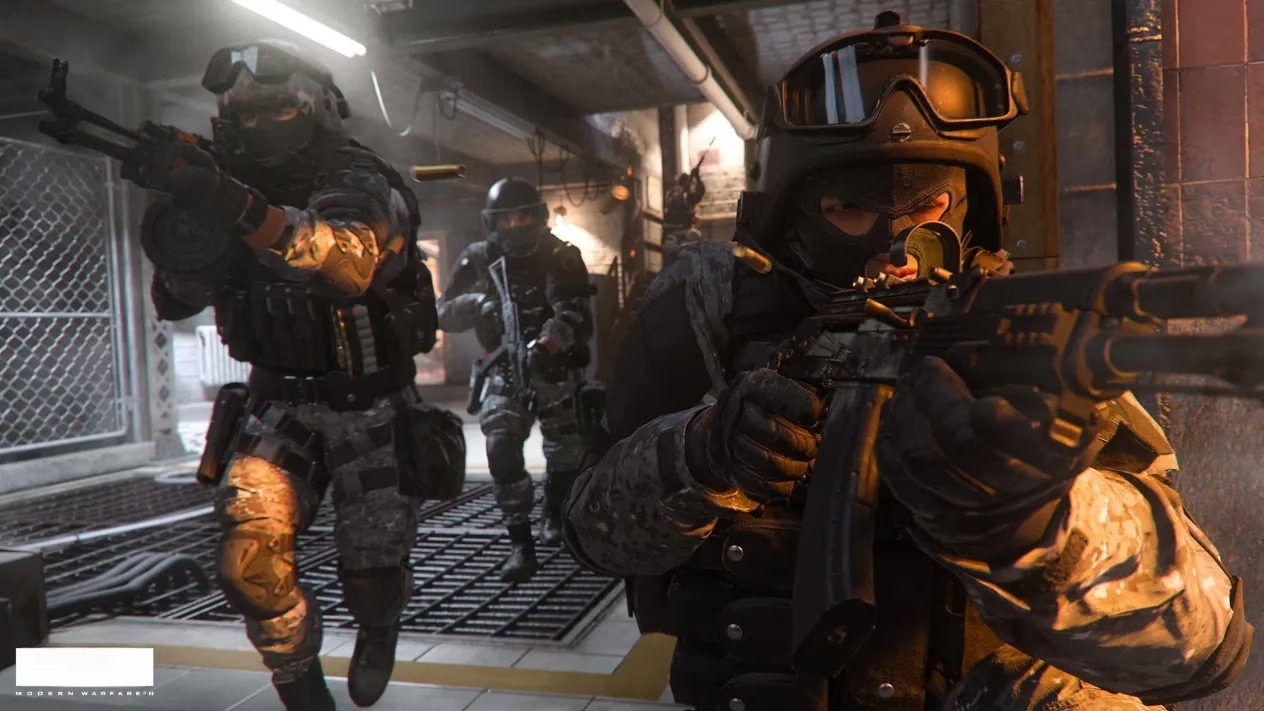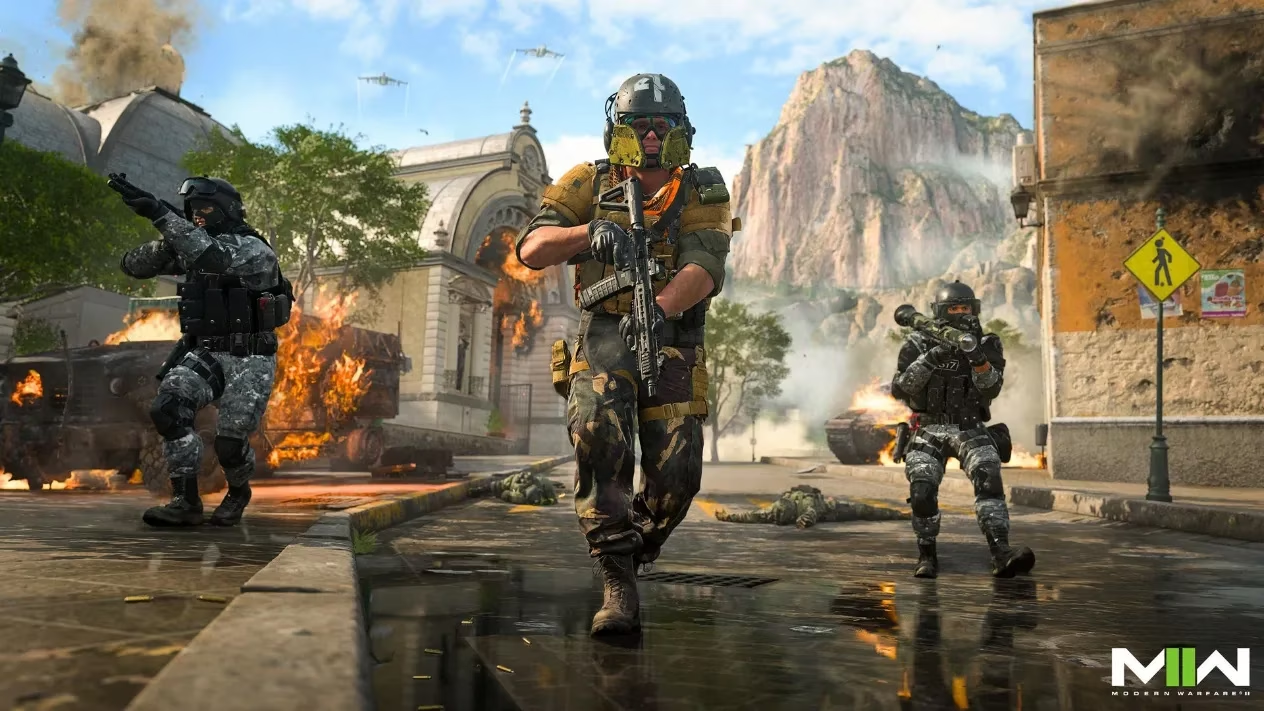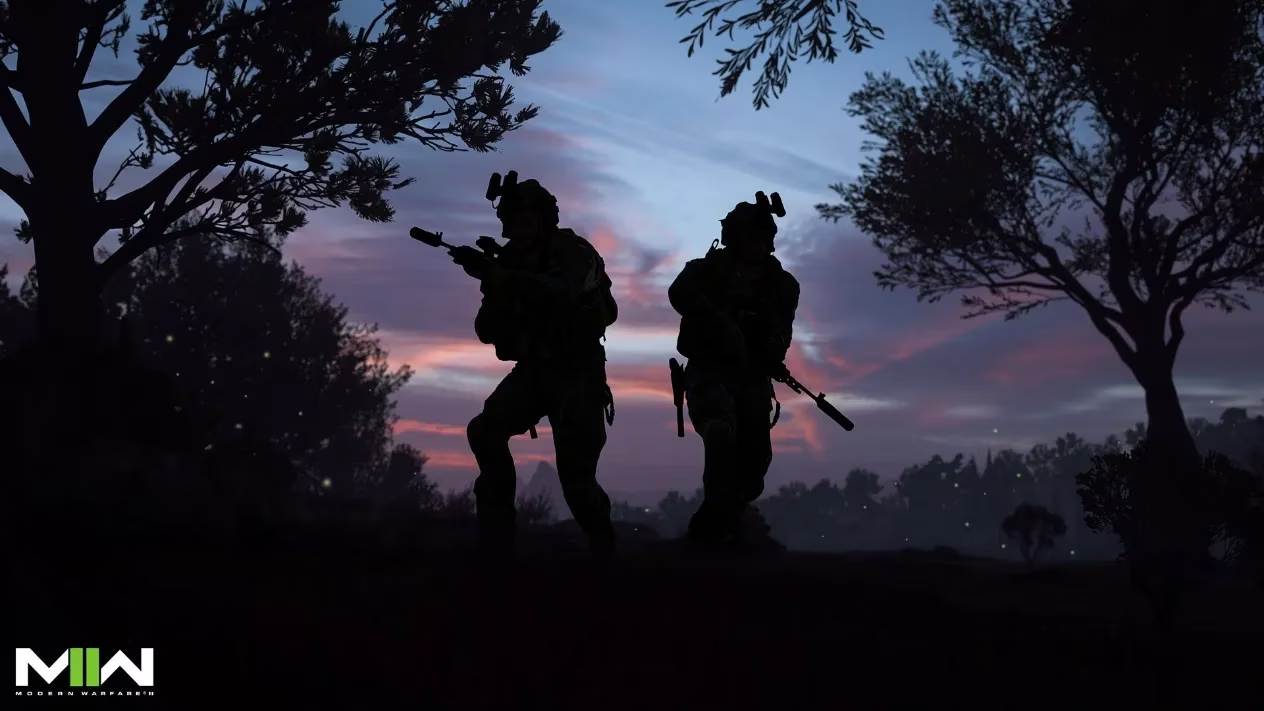When Infinity Ward rebooted Modern Warfare in 2019, it revitalized a struggling Call of Duty franchise that had lost its direction. Three years later, Modern Warfare II faced monumental expectations - not just as a sequel to the acclaimed reboot, but as a namesake to 2009's revolutionary Modern Warfare 2. The pressure was palpable: could this installment honor its legendary lineage while forging its own identity? The answer proved as complex as the game's controversial armored enemies. 🎮
The Shadow of Legacy
Many players wonder: How does Modern Warfare II's campaign compare to the original? Picking up three years after the 2019 reboot, Task Force 141 races globally to recover stolen US missiles from terrorists. Despite breathtaking cutscenes and promising newcomers like Alejandro Vargas, the narrative constantly trips over its own legacy. It replicates plot points from the 2009 classic without adding tension, sidelines compelling characters like Farah and Alex, and stretches iconic missions like 'All Ghillied Up' beyond engagement. Even Captain Price feels underutilized amid disjointed pacing that inserts incongruous mechanics - like an hour-long stealth sequence punishingly borrowed from DMZ mode.

Multiplayer: Familiar Yet Fragmented
What makes Modern Warfare II's multiplayer stand out? At its core, Infinity Ward delivers their signature visceral gunplay - meaty, raw, and satisfying. The 10 launch maps (though fewer than Vanguard's 16) mostly embrace classic three-lane designs, with Ground War and new Invasion mode offering large-scale chaos. Traditional modes like Team Deathmatch and Search & Destroy shine, while forgettable new additions like Prisoner Rescue highlight a recurring franchise issue: prioritizing disposable modes over classics like Gun Game or Capture the Flag. Spawn systems proved infamously treacherous, often placing players directly in enemy crosshairs.

Spec Ops & Progression Puzzles
Spec Ops returns reimagined, dropping teams into Warzone 2.0 maps for objective-based missions. Though departing from bite-sized operations, these three launch missions offered surprising fun and weapon-leveling opportunities. Meanwhile, the new 'Receiver' system transformed weapon unlocks: instead of ranking up globally, players must level specific guns to access others (e.g., leveling a battle rifle to unlock an assault rifle, then an SMG). This push for weapon diversity was tragically sabotaged by what many consider gaming's worst UI.

The UI Debacle
Why did Modern Warfare II's interface draw such criticism? Replacing intuitive menus with laggy, tablet-style tile navigation, it buried basic functions like equipping camos or adding friends under labyrinthine layers. This actively undermined the customization system - players struggled to track attachment unlocks amid visual clutter. Combined with missing staples (Combat Records, Hardcore mode, leaderboards) and instability (22 crashes during review), the package felt blatantly incomplete.
Visual Triumph
Technically, Modern Warfare II stunned. Its enhanced engine rendered Amsterdam streets with photorealistic texture work, water physics that shimmered with life, and destructible elements absent from multiplayer. Cutscenes looked like Hollywood productions, while maintaining 60fps on consoles. Even multiplayer maps showcased exceptional detail, proving graphical prowess remained Infinity Ward's unwavering strength.

The Bittersweet Verdict
Modern Warfare II ultimately embodied duality: its multiplayer delivered thunderous, tactical combat true to Infinity Ward's legacy, while Spec Ops offered fresh co-op possibilities. Yet these triumphs were shackled to a campaign trapped in past glories and a UI so disastrous it became meme fodder. Three years after its release, it remains a testament to Call of Duty's eternal struggle - balancing innovation with tradition, haunted by the ghosts of its own titanic history. The 2019 reboot proved revolutions are possible; Modern Warfare II showed how easily they can stumble. 🔄